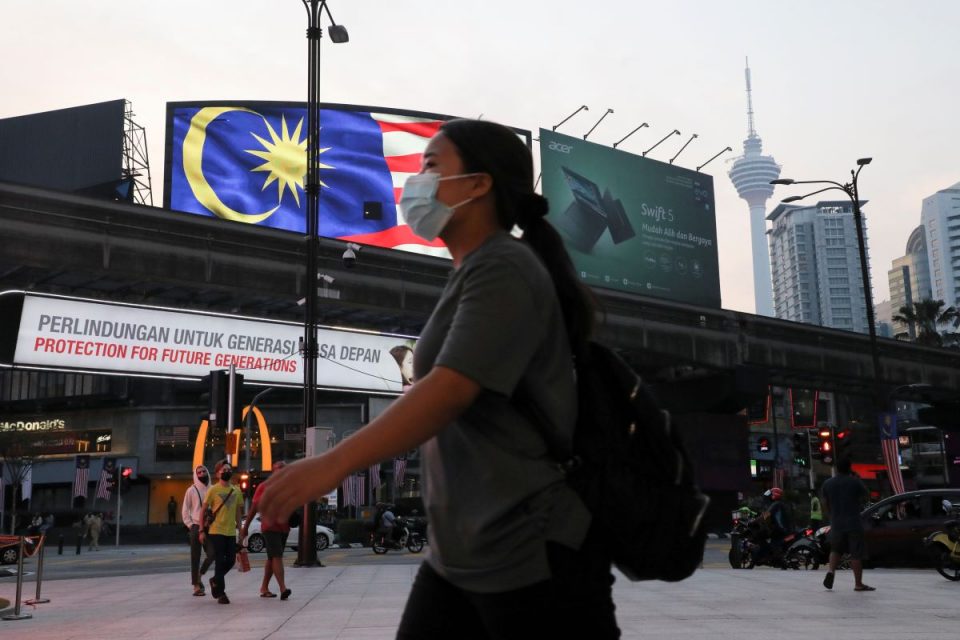By Emyr Malik
SHAH ALAM, Nov 2 — The Malaysian economy fared better under the Pakatan Harapan (PH) administration compared to when it was led by the Perikatan Nasional (PN) and Barisan Nasional (BN) governments, despite the fact that PH helmed the country for only 22 months.
This is evident from several key economic indicators during PH’s stint in Putrajaya from May 2018.
The coalition’s first economic milestone was to stabilise inflation when it took over the government. It inherited from the BN government record-breaking inflation rates, as high as 3.7 per cent in 2017.
PH’s intervention measure to reduce the cost of living soon saw inflation figures drop to 0.97 per cent in 2018 and then dip further to 0.7 per cent in 2019.
Economists also commended other policy measures like the abolishment of the Goods and Services Tax in 2018, and PH’s austerity move to renegotiate several mega projects such as the East Coast Rail Link and the MRT 2 and LRT 3 projects, which saved billions in government expenditure.
Under PH’s tenure, the country had also reevaluated its debts which had ballooned to over RM1 trillion due to unreported debt stemming from the massive 1Malaysia Development Berhad (1MDB) financial scandal.
As of June this year, 1MDB’s debt stands at RM32.08 billion.
For context, the inflation rate from 2011 to 2017 was between 3.2 per cent and 3.7 per cent. A rate of two per cent is considered high.
Following the onset of the Covid-19 pandemic, inflation was reduced to -1.2 per cent in 2020 due to lower domestic consumption and overall economic activity.
Under the PN administration led by Tan Sri Muhyiddin Yassin, the country underwent strict lockdown measures.
To counteract the economy from crashing, Muhyiddin announced a RM250 billion stimulus package that year.
The inflation rate then rose to 2.5 per cent in 2021 despite the gradual reopening of the economy.
Fast forward to this year, under the administration of Prime Minister Datuk Seri Ismail Sabri Yaakob, inflation hit an all-time high of 4.7 per cent year on year in August and had slightly tapered off to 4.5 per cent in September.
Throughout 2022, Malaysians were battered by the rising cost of living and essential goods.
To combat this, Ismail Sabri formed ‘Task Force on Jihad Against Inflation’ led by Tan Sri Annuar Musa but the move has been largely criticised by the public as ineffective in stabilising market forces.
On the contrary, under PH, the country saw its lowest inflation rate in 11 years from 2011.
FDI climbs under PH
Foreign Direct Investment (FDI) also saw improvements under the PH administration.
In 2018, FDI in Malaysia recorded RM32.6 billion against RM40.4 billion in the previous year under the BN administration.
However, this was due to a drawdown in investment in the mining and quarrying sectors since 2017.
FDI had bumped back to RM31.7 billion in 2019, an increase of 3.1 per cent due to a higher injection of equity from Japan in health activity.
This was also the effect of the Look East Policy that was revisited by then Prime Minister Tun Dr Mahathir Mohamad during his second tenure as prime minister.
In 2020, following the formation of the PN government, FDI in the country dipped to RM14.6 billion due to the repercussions of Covid-19.
The FDI then rebounded to register a higher net inflow of RM48.1 billion in 2021 following a gradual recovery in the global economy from the pandemic.
Selangor as powerhouse
Selangor remains the largest economy in Malaysia, with a gross domestic product (GDP) of RM343.5 billion recorded in 2021, which constitutes 25 per cent of the nation’s overall GDP.
Menteri Besar Dato’ Seri Amiruddin Shari had also voiced his confidence that the state will likely increase its reserves to over RM3.4 billion.
Under the PH administration, Amiruddin launched 44 people-oriented initiatives under ‘Iltizam Selangor Penyayang’ for 2022.
This is considerably more than the 38 programmes rolled out during Datuk Seri Azmin Ali’s tenure and the 14 programmes under the late Tan Sri Khalid Ibrahim’s stint as Menteri Besar.





